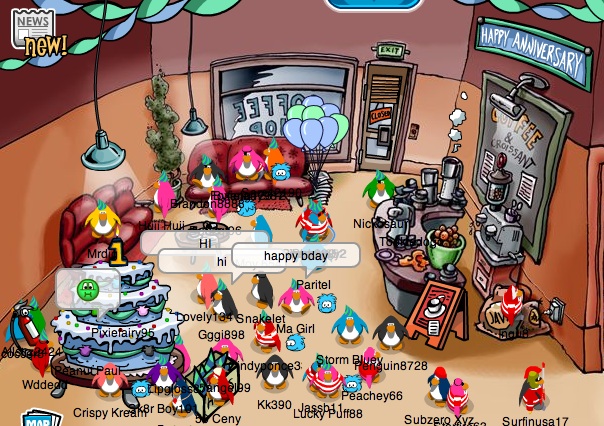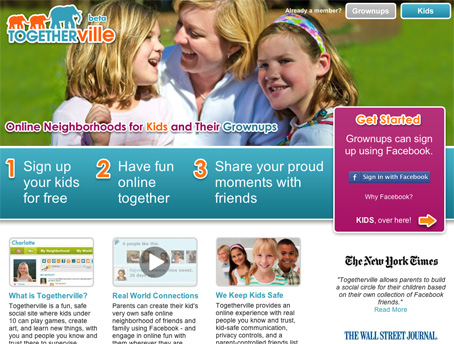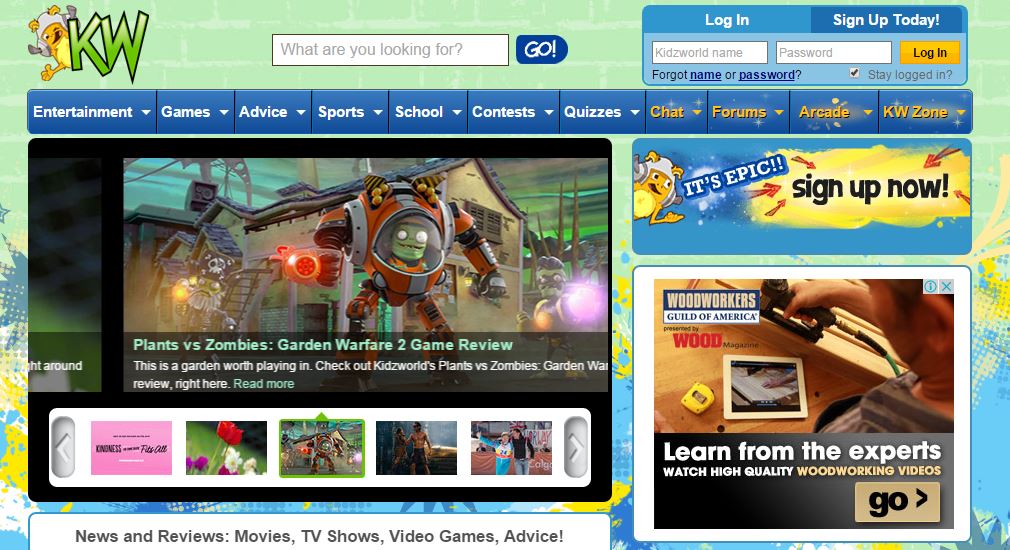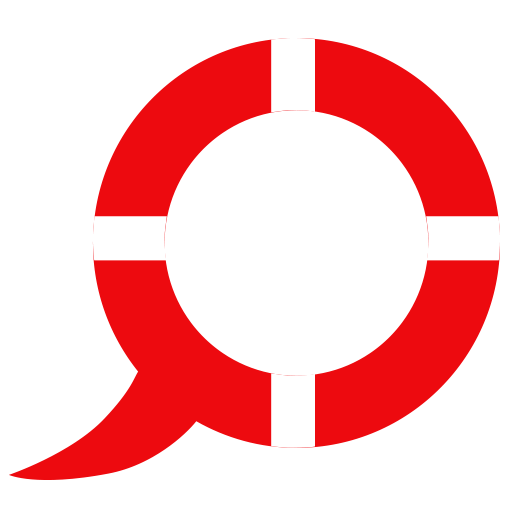Initially, the purpose of this post was to tell our readers about interesting and useful social networks for kids. Just having started, we found out one thing. While approval of the concept of ‘kids-only’ networks was unanimous, their value acknowledged and necessary security technologies available, the ugly truth is that developers abandoned their attempts to create such social networks.
Why is there a need for ‘kids only’ social networks?
Stats shows that over 20,000 children aged below 13 years attempt to register on Facebook daily. Their willing to get registered is quite understandable: a Facebook profile offers means of interaction with friends, funny videos and pictures, news — all in all, Facebook has a plenty of useful data and much more.
It’s also understandable why parents are not that happy about their kindergarteners and elementary schoolers getting their very own Facebook profile. The social network is full of inappropriate content, explicit language in comments, and inadequate people who shouldn’t be talking to children.
In late 2000s – early 2010s, these concerns fueled an idea to create a ‘kids only’ social network – a platform where children can learn to live in a digital world without having to stumble across ‘adult’ content.
Providing security
When developing a social network, one should consider specific security requirements (after all, it’s the pain point for ‘adult’ social networks). The developers mostly tried to enable the following means of security:
- An ability for parents to track their child’s presence on the social network;
- An ability to track the child’s conversations online in real time, minimizing cyberbullying and other incidents;
- Pre-moderation of posts to avoid children posting undesirable content;
- User identity control in order to make sure the social network user is really a child.
Interaction under supervision
Different developers were thinking in the same direction when trying to deploy the first two features. Some networks presupposed that parents had to register their kids online themselves; others would send a notification and authorization request to parents who could either approve or decline the registration request.
Moreover, all communication over such social networks was heavily supervised by moderators (both administration and volunteers). Any violation of the terms resulted in access restrictions and even permanent blocking of the user.
Pre-moderation methods
Obviously, in order to avoid undesirable or dangerous content, a social network need filtering instruments. The most efficient method would be to single out such materials prior to publication. However, the very essence of social networks is real-time updates, and if every message or post is looked at by an army of moderators, the publication would be delayed.
That is why the creators of social networks for kids decided to apply filters, which would restrict publication of messages containing coarse language, threats and other undesirable content types. However, users proved that even a heavily supervised online society would find ways to publish explicit blogposts (for example, by tweaking a bad word and thus bypassing the filters).
Today, social networks deploy a new type or pre-moderation techniques: when a child starts to type a phrase, the network’s engine suggests options, and if a child uses a word, which is unknown to the engine, the publication goes directly to the pre-moderation phase. This way only some messages are pre-moderated and the delay is not very significant.
Anonymity or biometrics
Last but not least, the developers had to deploy measures of protecting children from impostors. Here is where the development processes forked: some of them stood by complete anonymity of users, while others saw confirmation of true identity of users a must. Their efforts led to different results.
Anonymity
The forerunners of modern social networks for kids were entertainment portals where kids created their ‘avatars’ – digital characters that lived in an imaginary world. By the way, such networks are still a thing today. The characters are able to interact with each other, play games, try on new clothes and live in their homes. This process looks more like a ‘social game’ rather than a social network. One of the most well-known platforms of this kind is Disney’s Club Penguin.

Children’s anonymity enhanced with pre-moderation and stronger control makes such social networks completely safe, yet the purpose of social network is keeping in touch with friends even when the other contacts are lost. Social games lack this very function, which makes them, to a higher extent, entertainment portals, which do not presuppose such capabilities as creating groups for studying, keeping in touch with ex-classmates and summer camp buddies, or finding peers from other cities.
ID confirmation
The alternative to that absolute anonymity was ID-based confirmation of the user. Different social networks employ different methods of using ID-based confirmation. Those might be a school-issued invitation or ‘biometric photos’ taken by a web cam during the registration. These networks have much more in common with regular social networks. A child creates a personal profile and can chat with all friends their parents approve.
The extinction
The majority of such social network were created in 2005 – 2011. A quick search would result in a number of links, however, when clicked, very few of them are still alive.
Togetherville.com, a kids-only social networks, was available as a public beta as of May 2010. It was a very promising project: the social network offered a feature set on par with regular, ‘adult’ networks; children’s accounts was associated with their parents’ profile in Facebook. In February 2011 the project was acquired by Disney, but hardly managed to last for two more years and shut down in March 2012.

ScuttlePad.com, another social network for children, had a lot in common with Twitter. The users could publish photos, add friends and post updates which were pre-moderated (the engine allowed the use of pre-approved words). The project was launched in August 2010 and shut down in November 2012.
Skid-e-Kids was a social network with extended capabilities: beside content like games and video, it offered learning and studying tools and even tutoring services. It existed for four years, from 2009 to 2013.
Those projects were numerous and diverse, yet had something in common: they all were positioned as social networks for children and appeared in 2005-2011 only to be shut down after two or four years.
Who survived?
Some projects managed to survive, including the aforementioned Disney Club Penguin, Webkinz, Fantage, yoursphere, fanlala, kidzworld.com and edmodo.

The first three are social gaming portals. Not only did those websites managed to survive, they proliferated, developed and are now booming. In 2013, Disney’s Club Penguin reported 200 million registered users. Other gaming projects lag behind significantly, but boast millions or even tens of millions of users.
Edmodo is an interesting niche product: a social network for learning. A teacher registers on the website and invites his students to join. As a result, teachers create communities which are used to discuss relevant information, learn new things or stream video lessons. Parents are also welcome to join the network and look after their kid’s learning process.
Yoursphere, fanlala and the likes of those remind of Pinterest made for kids: they are aggregators of information appropriate for smaller children and teens.
Kidzworld.com and the likes of it are networks hosting content like games and videos. They are not numerous and don’t serve a means of interaction but supply a lot of additional content. By the way, this explains why these networks are so resilient: this slight shift of focus enables the owners of social networks both to offer a platform for socializing and earn money.
No money, no socializing
What’s the reason why the majority of social networks for kids had to shut down? It’s quite straightforward: the funds necessary to maintain a social network cannot appear out of the thin air, and a team behind any web resource should be paid for their work.
In this respect, social gaming offers great monetizing opportunities: gamers are offered various options in exchange for ‘in-game’ currency that is sold for real money. As the child wants to be no worse (or even better) that his/her friends, which would make him/her play more to earn in-game currency or spend his/her pocket or parent’s money! Other networks rely on monthly subscription, which offers extended capabilities, and paid apps which unlock more content.
Projects which were by design social networks were usually monetized through advertising model. It happened so that the projects which were designed as ‘Facebook for kids’ turned out to be unpopular and thus not profitable. As a result, Facebook remains the most craved social network all kids want to get to. It’s worth noting that publications which cover the topics of children in the digital world have changed their angle: instead of listing ’10 best networks for kids’ they tend to explain why kids on social networks is not such a bad thing.
In effort to create a good social network for kids the developers could have thought of an upgrade of an common social network: an option to introduce age-based availability restrictions which would hide inappropriate content and block certain features from kids. This solution should also have to make the child invisible to adults (except for those approved by parents). Of course, that does not mean children would not add some years on top to qualify for an adult, but this is where parents should take control. However, this idea has never been implemented in any social network yet.
 Kids Safety
Kids Safety


